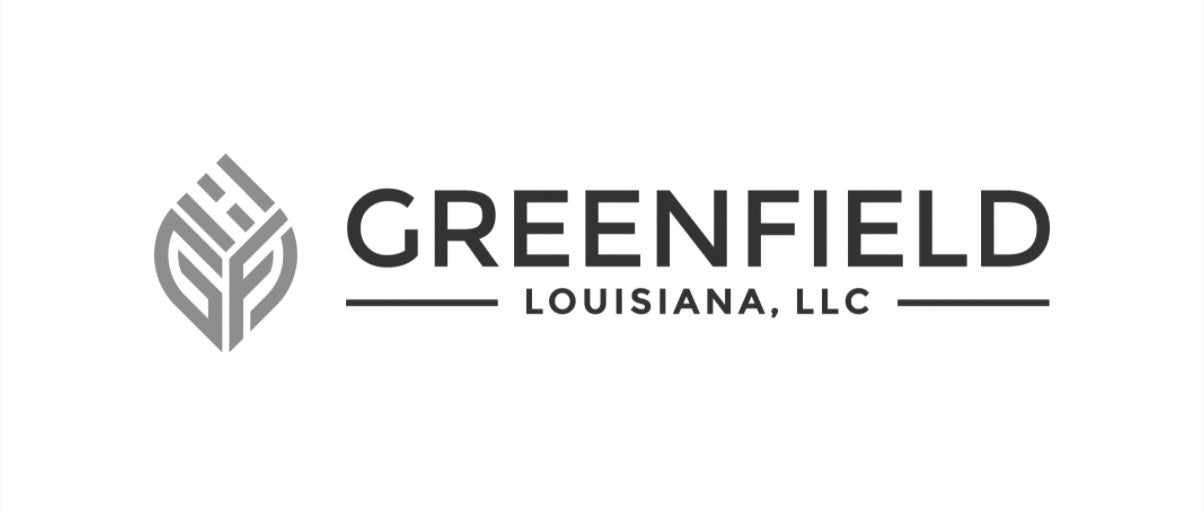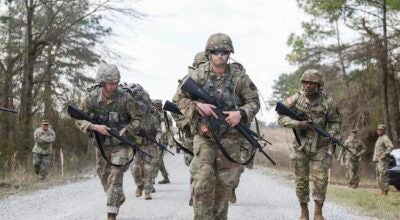Greenfield proceeds with Wallace grain elevator; Descendants Project amends lawsuit
Published 12:00 am Wednesday, March 16, 2022
|
Getting your Trinity Audio player ready...
|
WALLACE — Local organization The Descendants Project recently amended its lawsuit against St. John the Baptist Parish concerning the zoning of land that is being utilized for the development of a grain elevator in Wallace.
While some maps depict the Greenfield Grain Elevator site as being in a heavy industrial zone, the Descendants Project recently introduced a 2006 re-subdivision map of the property that identifies the land as residential.
According to The Descendants Project, the property description included in the purchase of the land in 2021 specifically relies on the conveyance records of the 2006 sale from Formosa to the Robert Brothers as “instrument number 270891,” which included the map showing the Wallace Tract to have R-1 zoning. An additional land purchase this year also specifically references the earlier 2006 map (751), showing the Wallace Tract as R-1.
When the official zoning map was found to be missing in 2012, the St. John the Baptist Parish Council adopted a new map that reflected the zoning for the property as heavy industrial.
The zoning discussion dates back to 1990, when Ordinance 90-27 rezoned a tract of farmland in Wallace from residential to industrial use. On April 25, 1996, former Parish President Lester Millet Jr. was sentenced to 57 months in prison after being convicted of extortion, money laundering and violation of the Travel Act in connection to his efforts to assist Formosa Plastics Group in locating a rayon pump facility in Wallace.
Plans for the facility eventually fell through, but not before the Wallace tract was rezoned for industrial use in April 1990, the same month Formosa completed the purchase of the land. The rezoning has remained on the books, and the land has since been used for farming sugarcane.
Pam Spees, senior staff attorney for the Center for Constitutional Rights, stated, “These significant developments underscore that there is no valid zoning map that anyone can point to because all of the maps are conflicting.”
Greenfield COO Cal Williams responded to the ongoing litigation.
He stated, “Greenfield has been working hard to deliver a project that is great for the community, brings good-paying jobs and supports a cleaner future beyond the petrochemical industry. Sadly, some detractors continue to burden the courts with legal maneuvers that just don’t hold up to scrutiny. This latest addition to their filing is an admission their lawsuit wasn’t on sound legal footing. We look forward to a positive resolution.”
Williams noted that Greenfield’s buffer from residential areas is 450 feet, well beyond the required 300 feet. Greenfield will additionally be installing an eight-foot privacy fence and trees upon completion of the project.
In another recent development, the Corps of Engineers issued another public notice to allow citizens to express their concerns over the proposed grain terminal’s impact on local wetlands, particularly around Bayou Quatre Pattes and Lac Des Allemands.
According to Healthy Gulf, a nonprofit organization providing research, communications and coalition-building tools needed to reverse the long-pattern of over exploitation of the Gulf’s natural resources, “Wetlands provide a wind and flood buffer during storms. Wetlands prevent flooding by intercepting rainfall. Wetlands divert water and prevent inundation of the drainage system, in a way that a cleared right-of-way never does.”
Representatives from Greenfield Louisiana have stated that the grain terminal has been designed to meet and out-perform the most stringent New Source Performance Standards, adding that Greenfield facility will be one of the cleanest facilities in North America and will only bring safe and healthy jobs to the West Bank. The project is set to bring 100 permanent and 500 constructions jobs to the community.
According to Greenfield, air and water quality studies, wetlands assessments, archaeological investigations, cultural resource assessments, and threatened and endangered species reviews have been done to ensure this project is helping, not harming the community.





